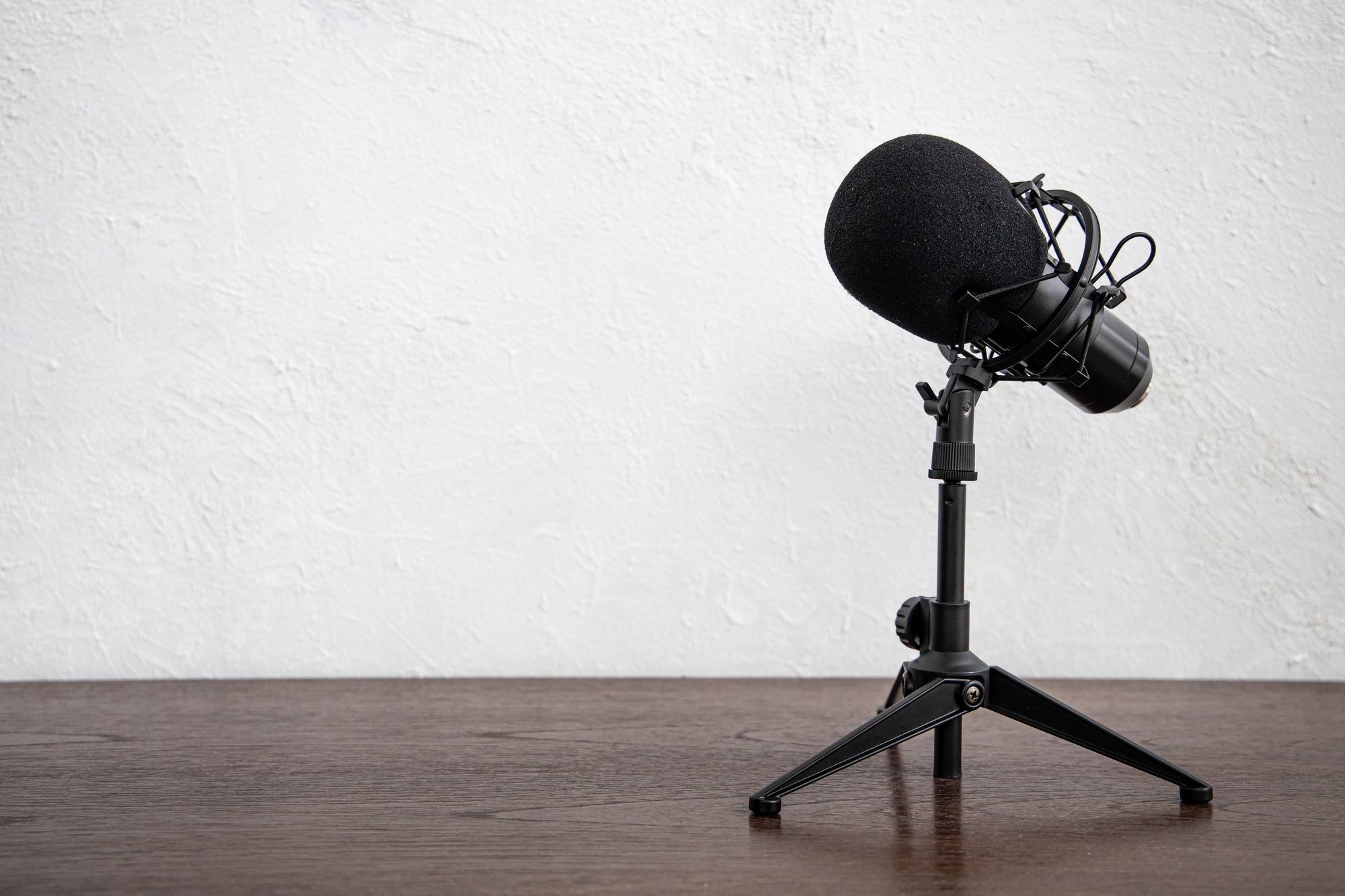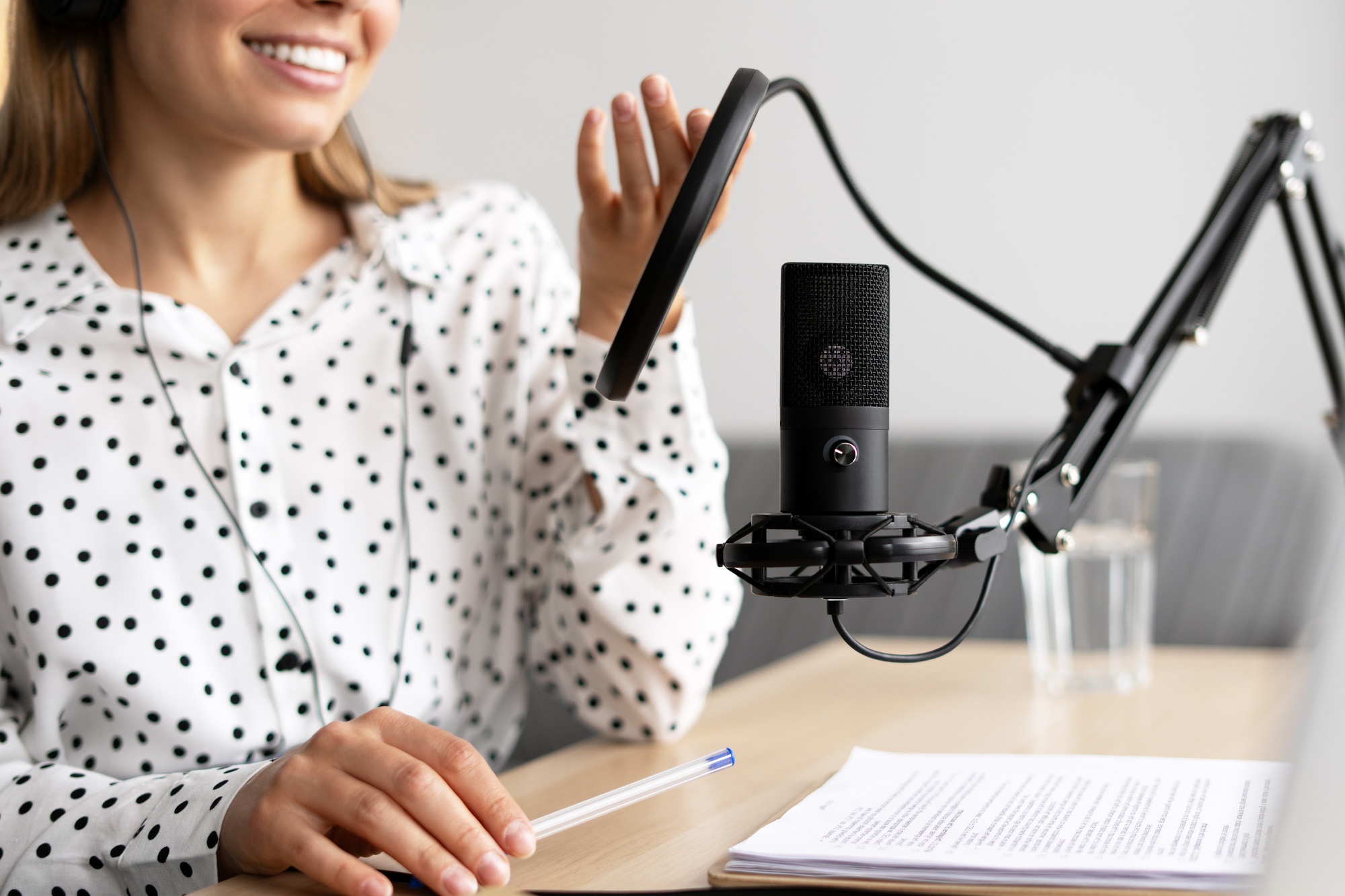Key Takeaways

- Powerful Audience Reach: Radio marketing effectively engages listeners during their daily routines, making it a valuable tool for reaching a diverse and broad audience.
- Cost-Effective Advertising: Radio offers affordable advertising options for small businesses, allowing them to maximize their budget without compromising visibility.
- Consistency Builds Loyalty: Regularly scheduled and relatable radio ads help reinforce brand presence, compelling customers to build loyalty.
- Audience Targeting is Key: Leveraging local stations enables businesses to hone in on specific demographics, ensuring that messages resonate with the intended audience.
- Measurable Outcomes: Analyzing KPIs such as reach, brand awareness, website traffic, and sales growth provides valuable insights into the effectiveness of radio marketing campaigns.
- Creative Content Matters: Developing unique and engaging ads, including testimonials and contests, significantly enhances listener engagement and promotes memorable brand recognition.
In a world overflowing with digital noise, radio marketing stands out as a powerful tool for reaching your audience. With its unique blend of personal connection and wide reach, radio offers businesses an opportunity to engage listeners like never before. Whether you’re a local shop or a national brand, harnessing the power of radio can elevate your marketing strategy and drive impressive results.
Imagine your message resonating with potential customers during their daily commutes or while they unwind at home. Radio marketing not only captures attention but also builds brand loyalty through consistent and relatable messaging. As you dive into the world of radio advertising, you’ll discover strategies that can amplify your brand’s voice and connect you with your target audience in meaningful ways.
Overview of Radio Marketing

Radio marketing offers a compelling way for small businesses to engage with their local audience. This medium captures listeners during their daily routines, whether they’re commuting, working, or relaxing at home. By investing in radio advertising, you can reach potential customers who might not encounter your brand through social media or other digital platforms.
Consistency in messaging plays a vital role in building brand loyalty. With well-timed ads, you can reinforce your brand’s presence in the local market. Testimonials, promotions, or unique stories create a personal connection, making your business more relatable to listeners.
Radio marketing complements other marketing strategies. By integrating radio with your existing social media efforts, you can create a cross-channel experience. Mentioning your social media handles in radio spots encourages audience interaction online, extending your reach beyond the airwaves.
Audience targeting is crucial in radio advertising. Leveraging local stations can help you hone in on specific demographics that reflect your ideal customer base. Tailoring your content to suit local listeners boosts the effectiveness of your campaigns, ensuring your message resonates with the community you’re aiming to serve.
Investing in radio marketing provides measurable outcomes. Monitoring engagement through increased website traffic, social media interactions, and store visits allows you to assess the effectiveness of your campaigns. Adjustments based on these insights can refine your approach, further enhancing your local marketing efforts.
Benefits of Radio Marketing

Radio marketing delivers numerous advantages, particularly for small businesses aiming to enhance their local marketing efforts. Here’s a closer look at its key benefits.
Cost-Effectiveness
Radio marketing presents an affordable option for small businesses. You can reach a large audience without the hefty budgets often associated with digital advertising. Compared to other media, radio offers competitive rates for ad spots, allowing you to maximize your marketing budget while still gaining substantial visibility.
Broad Reach
Radio boasts an unparalleled ability to connect with a diverse audience. It’s accessible to anyone with a receiver, spanning various demographics such as age and income level. You can engage listeners during their daily routines, whether they’re commuting, at work, or relaxing at home, ensuring your message lands at crucial moments.
This broad reach is particularly advantageous for local marketing, as radio broadcasts can effectively target local communities, ideal for small businesses wanting to increase their presence in specific areas. By choosing the right stations and programs, you can capture the attention of listeners that align with your target audience’s interests and behaviors.
Strategies for Successful Radio Marketing

Successful radio marketing requires strategic approaches tailored for small businesses looking to connect deeply with their local audience.
Target Audience Identification
Identifying your target audience is vital for effective radio marketing. Focus on understanding local demographics, interests, and behaviors. Use data from listener surveys and social media insights to refine your profile. Engaging local stations helps you reach specific groups that align with your brand’s offerings. Improve your message’s effectiveness by addressing audience preferences and creating relatable content.
Creative Ad Development
Creative ads captivate listeners and build brand recognition. Develop catchy jingles and engaging narratives that resonate with your audience. Use testimonials from satisfied customers to create personal connections. Incorporating listener contests can also boost participation and heighten engagement. Ensure your ads align with your brand voice and convey a clear call to action, prompting audiences to interact with your business. Prioritize creativity, as memorable ads can significantly enhance your local marketing efforts, driving traffic and fostering loyalty.
Measuring Effectiveness of Radio Marketing

Measuring the effectiveness of radio marketing involves analyzing key performance indicators (KPIs) to understand how well your ads resonate with your audience. For small businesses, leveraging these metrics enhances local marketing strategies and optimizes advertising efforts.
Key Performance Indicators
- Reach
Reach measures the number of people who hear your ad on the radio. This metric helps you understand audience exposure to your advertisements, crucial for assessing your overall impact.
- Brand Awareness
Brand awareness gauges how well your radio spots build brand loyalty. You can measure this through surveys, social media growth, and customer feedback, providing insights into your brand’s resonance in the community.
- Website Traffic
Monitor increases in website visitors following your radio ads. Comparing this traffic to previous months or years reveals the effectiveness of your advertising strategy and its direct impact on your online presence.
- Gross Sales
Analyze year-over-year and month-over-month sales data to assess growth correlating with your radio ad campaigns. Tracking the use of specific discounts or coupons mentioned in the ads provides clarity on the financial success of your marketing efforts.
Tools for Measurement
Utilizing the right tools enhances your ability to track these KPIs effectively:
- Analytics Software
You can use analytics tools like Google Analytics to monitor website traffic shifts directly linked to radio advertising campaigns, helping you measure online impact effectively.
- Survey Platforms
Employ platforms like SurveyMonkey to gauge brand awareness among your audience. Feedback from surveys can guide future marketing tactics.
- Sales Tracking Systems
Implement sales tracking systems to analyze gross sales data. This data helps in understanding the financial implications of your radio marketing strategies.
- Social Media Analytics
Leverage social media analytics to track growth metrics post-campaign. Increased engagement on social platforms can reflect heightened brand awareness from your radio ads.
These KPIs and tools collectively offer comprehensive insights into the effectiveness of your radio marketing. By focusing on measurable outcomes, your small business can refine campaigns to enhance local marketing success and connect more deeply with your audience.
Challenges in Radio Marketing

Radio marketing presents several challenges that can hinder its effectiveness for small businesses aiming to connect with local audiences.
Limited Audience Targeting
Radio advertising struggles with precise demographic targeting. You can’t easily segment your audience by age, gender, or interests, unlike digital platforms. This broad approach may lead to less effective outreach for your intended demographic. For small businesses, this means potential customers might miss your message entirely.
Difficulty in Behavioral Targeting
Radio lacks capabilities for tracking user interactions. This absence makes behavioral targeting a considerable challenge. You must rely on general demographic data, which might not accurately reflect the preferences of individual listeners. Consequently, this can dilute the effectiveness of your marketing efforts.
Decreased Attention Span
Listeners’ attention spans continue to dwindle. In an age where quick content consumption prevails, capturing and holding attention during radio ads can prove difficult. For small businesses, this decline in focus means developing more engaging and memorable ads is crucial for ensuring your messages resonate with local audiences.
Addressing these challenges requires innovative strategies that adapt to the unique constraints of radio, helping you effectively reach and engage your target market.
Conclusion

Radio marketing offers a powerful opportunity for you to connect with your audience in a unique and engaging way. By leveraging its broad reach and cost-effectiveness, you can establish a strong local presence and foster brand loyalty.
Emphasizing creativity and understanding your target demographics is key to crafting memorable ads that resonate with listeners. As you integrate radio with other marketing strategies like social media, you can create a cohesive cross-channel experience that amplifies your message.
By measuring your efforts and refining your approach, you can overcome challenges and maximize the impact of your radio marketing campaigns. Embrace the potential of radio to enhance your marketing strategy and effectively engage with your community.
Frequently Asked Questions

What is radio marketing and why is it effective for businesses?
Radio marketing is a promotional strategy that uses radio broadcasts to advertise products or services. It is effective because it reaches a large audience, engages listeners during their routines, and fosters brand loyalty through consistent messaging. This medium allows businesses to connect personally with their target audience, making it a powerful tool for local marketing.
How can small businesses benefit from radio marketing?
Small businesses can benefit from radio marketing by reaching local audiences cost-effectively. It captures listeners during various daily activities and allows for targeted advertising that aligns with local demographics. By utilizing engaging content, testimonials, and promotions, small businesses can enhance their presence and connect meaningfully with their community.
What strategies are recommended for successful radio marketing?
Successful radio marketing strategies include identifying the target audience through local demographics, creating engaging ads with catchy jingles and narratives, and using listener contests to boost engagement. Consistency in messaging and a clear call to action are crucial, ensuring that advertisements resonate with listeners and align with the brand’s identity.
How can businesses measure the effectiveness of their radio marketing?
Businesses can measure the effectiveness of radio marketing by analyzing key performance indicators (KPIs) such as brand awareness, reach, website traffic, and sales levels. Utilizing analytics software, survey platforms, and sales tracking systems allows for detailed insights into campaign outcomes, helping refine future marketing efforts.
What are the challenges of radio marketing for small businesses?
Challenges include limitations in audience targeting, as radio cannot segment demographics as precisely as digital platforms. Additionally, the lack of behavioral targeting and the short attention spans of listeners can hinder ad effectiveness. Businesses must create engaging content and innovative strategies to overcome these issues for better engagement with their audience.
Image Via Envato



